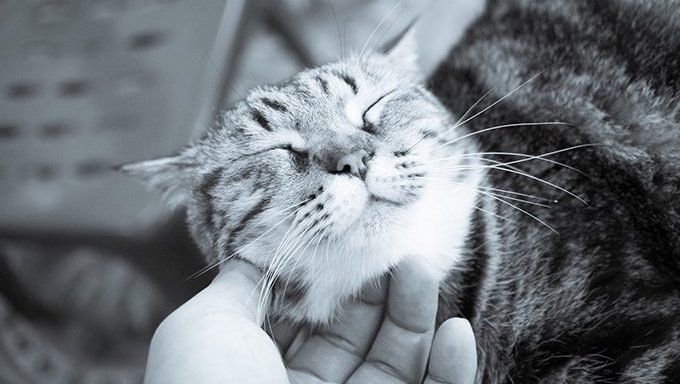Why do cats purr? It seems like a simple question with a simple answer. Cats purr because they’re happy, right?
While this is true, cats also purr for reasons aside from showing how content they are. In fact, it may be difficult to decipher exactly why your cat is purring.
However, by knowing your cat and the reasons they might purr, you may…









